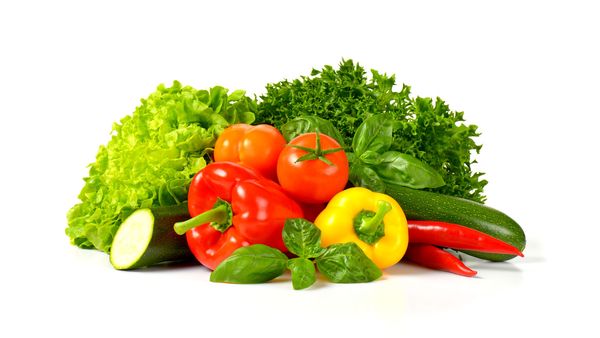Almost any plant or vegetable will grow hydroponically. The concerns you have to ask yourself are: why do you wish to grow it? What is your reason for owning a hydroponic garden? How large is your unit? How many components have you got?
In the event, you intend to make utilize of your soilless garden for a hobby or to pass the time, go right ahead and enjoy. Plant whatever suits you, don’t be hesitated to experiment. The level of knowledge about hydroponics today is around the same as this in mathematics two decades back. We have to learn about the niche, and you also may provide help to others. Even the pros are continuously learning and experimenting. In my opinion, the only criterion is always to have fun. Try out everything.

For those who are very serious in regards to the crops they would like to harvest, then my advice would be always to stick mostly to vegetables. During hybridization, it’s chiefly the salad vegetables that industrial growers have altered until significantly of these initial nutrient value and flavor are missing. Plastic lettuce, swampy tomatoes, soggy radishes, and hollow celery are just a few examples.
Of course, you will be restricted to the amount of space, time and money you need to dedicate to the whole notion. Practical concerns must enter into play here. By way of instance, six tomato blossoms, each producing six pounds of tomatoes in the sixteen by twenty-four inch container. The container is the much more efficient use of space compared to sixteen stalks of corn.
The following guidelines are given to aid the home hydroponic vegetable grower. (A few fruits that could be grown hydroponically have also been included.) Information given on nutrient requirements is useful for those people who are growing on their own. There are some general things to keep in mind. When a few species of veggies are grown in one tank and also an industrial nutritional supplement is properly used, caution must be taken not to upset the balance. Also remember that while seeding or transplanting into your soilless garden, the whole area may be employed for growing and the restriction on how far apart to place your seeds is conditional upon the physiological atmosphere around the plant that we need to grow. For example, a pea blossom climbing up a string needs much less air gap compared to a bushy tomato vine.
BEANS
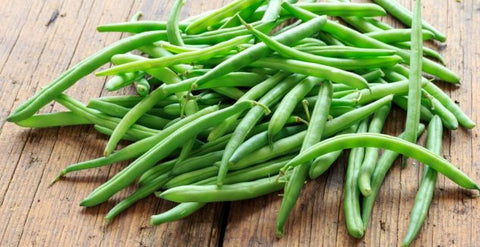
Beans can grow winter or summer, indoors or outdoors. In winters, grow bush beans indoors. During summers, grow pole beans outdoors. Pole varieties could be tied up and grown vertically. They are sometimes planted quite near with each other (roughly six inches). As their title suggests, bush beans tend to just take more place. Beans need less oxygen than other plants, however, demand considerable amounts of potassium, phosphorus, and sulfur. Limas do not produce as big a crop, plus they even take more time to grow.
CABBAGE
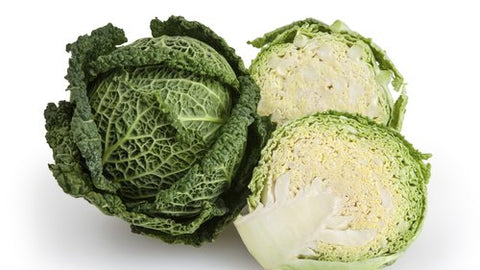
I have grown cabbage without letting it head. Like you would for leaf lettuce, pick on the leaves for dinner and let it keep growing. Plant six inches apart. Cabbage requires cool weather and also elevated levels of all nitrogen, iron, and phosphorus.
CARROTS

Gourmet carrots are better to develop than the ordinary varieties because of the depth of the growing medium. Plant about one and a half inches apart. Potassium and phosphorus are important.
CAULIFLOWER
I have experienced lousy luck with cauliflower for good reasons. It’s extremely prone to temperature variants. If you’re growing cauliflower with other plants, it’s better to develop it together with plants with moderately cool requirements. Plant approximately 8 inches apart. Nitrogen, iron, and phosphorus are required in larger quantities.
CELERY
This really is an excellent salad vegetable to grow. Celery does best on the cool side, also it hates temperature extremes. Plant about four inches apart and have the young stalks and leaves for your salad. It’s the best around two months and pencil thin. By the time it is four months old, it is useful only for sauces and stews. Do not uproot an entire plant simply cut off a number of stalks in one time. Larger amounts of sodium and chlorine are all usually important.
CHARD
This really is an excellent crop which could be harvested much like head lettuce. Keep removing the outer leaves for your food. Plant them four inches apart and maintain cool temperature conditions. Chard is a great veggie cooked like spinach.
BEETS
Root vegetables are ideally grown in vermiculite with a relatively little soaking. Merely a slight covering of haydite or gravel should be used to minimize algae buildup. Many varieties of beets do well. They thrive in cool temperatures. Plant around a few inches apart. Grow smaller beets, and the majority of these, for increased tenderness.
BROCCOLI
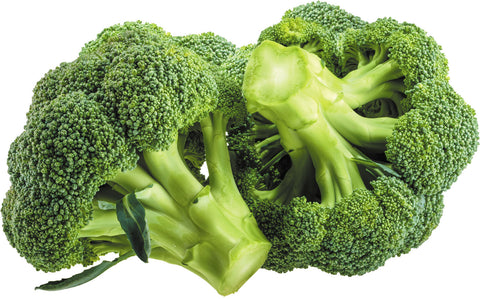
Several experts assert this is a fantastic crop. Transplants ought to be used, spaced seven inches apart. Broccoli enjoys cool weather (60°F, 16 °C). Huge amounts of nitrogen, iron, and phosphorus is extremely important.
CORN
Corn is a potential crop, however, it is not hot, but because of the little produce. Plant midget corn about six inches apart.
CUCUMBERS
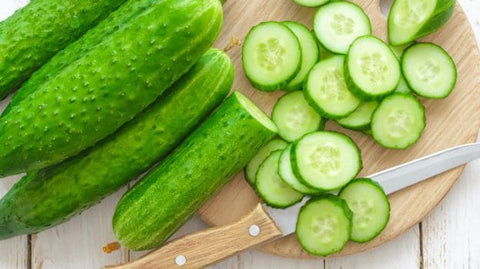
Along with lettuce and tomatoes, this is a favorite commercial crop. In the event, you don’t wish to either cross-pollinate, plant the English or seedless type. These develop well indoors or in greenhouses, but if you grow them outdoors and insects do the pollinating, you can end up getting some unusually shaped cukes. They like hot weather and also direct sunlight and are sometimes vulnerable to mold.
EGGPLANT
This can be a possibility, however, not a very favorite crop. Eggplants are sluggish germinators and like hot weather. They’ll grow larger in case you pinch a few of the blossoms away, allowing just a few good fruits per vine. Excessive amounts of nitrogen, potassium, and phosphorus are required, however, lower the nitrogen, if possible, after the fruit has already formed.
LEEK
You’re going to receive a superior harvest by the addition of increased amounts of potassium and nitrogen and extra amounts of phosphorus.
LETTUCE
Boston and New York are very popular heading varieties, but leaf lettuce yields a much bigger harvest. If you do grow head lettuce, then get rid of the outer leaves for salads without even needing for this to head and you can increase your harvest. Grand Rapids along with Salad Bowl is wonderful foliage lettuce, but remember Romaine (Romagna) for Caesar Salad. In six weeks or less, it is possible to have an abundance of lettuce. But, caution needs to be taken over the first two weeks. Lettuce will bolt (small leaves will grow to a lengthy, stringy stem) with inefficient high or light temperatures. Varieties that don’t bolt like Black-Seeded Simpson, Endive, Escarole, and Batavia. It would be wise to cut back to your nutrient medium a bit with this particular harvest. Lettuce enjoys cool temperatures (50-70°F, 10-21°C) with high nitrogen levels. Plant them approximately four inches apart, near the borders of your planter so that their heads hang over them.
MELONS
The growth techniques for melons are much like those for cucumbers. They like to be in warm conditions both day and night. High humidity causes mold, thus keep them very well ventilated. Honey Dew is still a superb cantaloupe, of course, should you prefer to try watermelon, take an early variety such as Sugar baby. Remember to Cross-Pollinate. Tie up the vines, and when growing indoors, provide plenty of lighting.
ONIONS
Spring Onions or Green Bunching are popular. They ought to be sown rather heavily, at one-half inch distance. Requires larger amounts of potassium and nitrogen.
PEAS
All varieties succeed in hydroponics but try Snow Peas with their sweet and flavourful edible pods. Work with a whole good deal of plants to acquire several great harvests. Connect up them or allow them to mature a trellis. Plant three inches aside and keep under cool temperatures.
PEPPERS
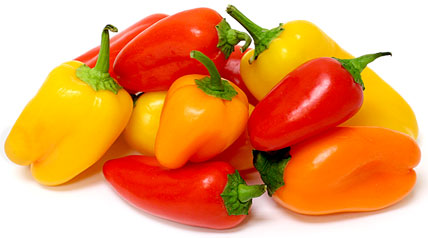
All peppers have been good to grow: Green Bell, Yellow Banana or Chili. Grow them together or separately. Peppers like more of hot weather. Plant them six inches apart and watch for damping off. Peppers are somewhat more difficult to grow indoors than out because they want high light levels which aren’t consistently attained with indoor light. Our experience is the fact that peppers and tomatoes don’t like each other, the tomatoes stop growing when grown alongside peppers.
RADISHES
Many forms are all suitable, however like beets, it’s far better to cultivate them in vermiculite and plant roughly one and one-half inches aside. Keep the vermiculite around half as damp as possible. Radishes bolt readily, therefore be certain they’ve ample mild and cool temperatures. Water merely ought to be used to the very first couple of weeks when radishes are being grown with on their own. Generally, radishes are grown in the worst part of a garden, but in hydroponics, they have the very best of everything, and if you aren’t very attentive you’ll get a lot of tops before the root has a chance to grow.
SPINACH
Spinach is a speedy crop. Plant two to three inches apart. Cool temperatures and a great deal of nitrogen are essential.
SQUASH AND ZUCCHINI
These are grown exactly as cucumbers, however, remember just how much space a zucchini plant occupies and then plant eight to nine inches apart. Pinch the plant off after seven or six sets of leaves to preserve the energy closer into the root and to guarantee to fruit.
STRAWBERRIES
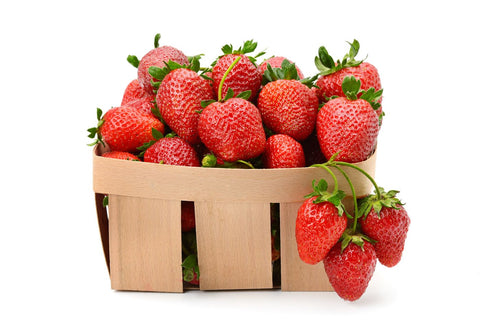
These really are good for distributing, however not too economical if you aren’t intercropping. Try to get a self-pollinating variety like Ozark Beauty. Plant them eight inches apart and sit back for quite a long time. Strawberry plants, like asparagus, need two to three years to mature.
TOMATOES
Although the tomato is really a fruit, it’s usually counted among the vegetables. This is among the better & most satisfying hydroponic plants. Indoors you should seed bush or patio tomatoes, therefore your plants will probably stay well beneath your lights. Sometimes you can expand staking tomatoes; hut the bush variety remains simpler to work within hydroponics, especially in case the vines still haven’t finished growing whenever you could be ready to bring them in at the end of the summer.
Seed tomatoes for early and late outdoor harvest. Plant the seeds for your initial tomato crop in February or even March indoors under lighting and move them outdoors in April or May.
OTHER VEGETABLES
There are a number of other vegetables you might like to plant.
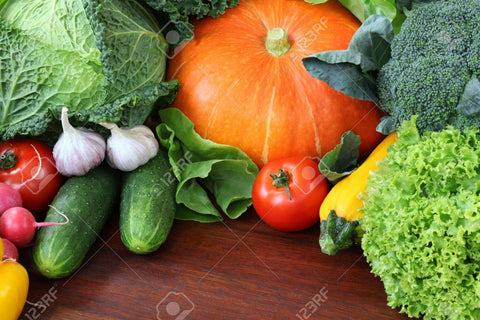
Basically, you can grow anything outdoors, regardless of how far its own vines can spread. Indoors you’ll be able to just grow everything you are able to light up, and you also are far much better off sticking into bush, stunt or patio varieties that will always be under your lights. Other forms of plants might have to be pruned when they expand or when their vines grow too far. We suggest that you just concentrate inside on these plants like lettuce, tomatoes, other salads, vegetables, and herbs – all of the things that offer nourishment at a time when needed the most and are the priciest from the supermarket.
Outdoors it makes sense to use the available hydroponic growing area to its fullest. This may be done by intercropping and outcropping. Fast growing plants amongst slower growing types. A fast-growing crop, including radishes or leaf lettuce, would have shown up and have been harvested by now the space and time is needed for a crop that is slowe-growing.
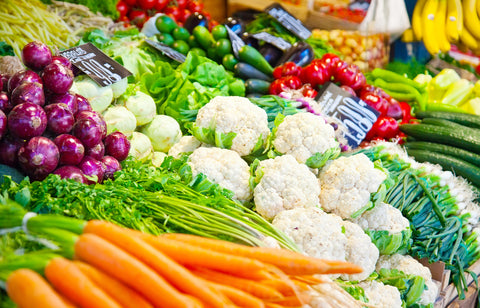
Outcropping suggests letting your crop spread out from the planter, up, down and sideways. The layout showed the following provides you with a good idea the way to acquire growth and yield much more compared to the accessible growing area seems to allow.
A few reminders are in order. If you want to grow root vegetables, like carrots and radishes, you will find just two things to keep in mind. First, irrigate them to the first week or two after planting with simple water just, until they have proven themselves rather short, stocky plants. Only add nutrient to the water. Second, you must not grow such a thing with a root substantially longer than three inches as a result of the fairly shallow depth of the medium. This isn’t a problem with round radishes, simply the icicle variety, and there are still short, barrel-shaped carrot varieties over the seed shelf too.
Companion Planting
Plants do not produce a sound, and you’d think their world was all peace and harmony. Not so – among the plants, there are certain enemies and friends. Some crops safeguard one another from insect infestations, but others offer shade to their friends. Still, others simply like each other and grow better if they neighbors. In hydroponics, you will probably want to know at least two plants that grow happily together.
Garden Bouquets and Houseplants
Anything which blossoms within a dirt garden or flower pot will perform much better in a hydroponic planter, summer or winter, from asters to zinnias. The same holds true for house plants. They’re children of the tropics and live within our latitudes mostly in a state of lasting hibernation. Both seeds and transplants perform exceptionally well in hydroponics, plus it is amazing to see them develop in a comfortable environment in substantially the exact same way since they would in the tropics. Houseplants utilize not as much water compared to vegetables or flowers, but on account of the exemplary aeration properties of a hydroponic medium, your plants can never be over-watered. This is definitely the usual source of death one of potted house plants. When sending flowers, you’re probably far much better off using varieties that grow up to 9 or even 12-inches as of hydroponics they will grow twice as large. Flowers that rise more than 1-2 inches from land gardens will be the overly unwieldy grown hydroponically. Lots of rules that apply to veggies will also apply to house plants.
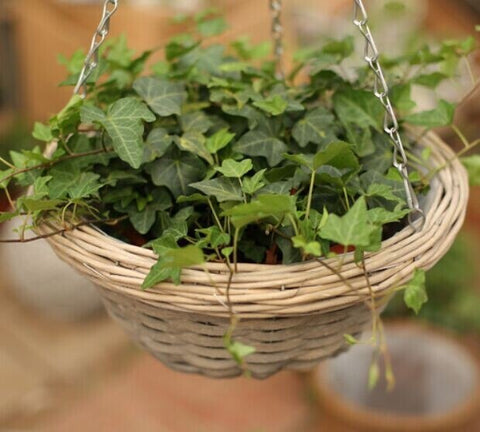
Get rid of the plant from the container and then lightly wash off the dirt out of the roots using cold tap water. The cold water has a tendency to anesthetize the plant against jolt. Insert a sufficient growing medium for the container in order for the plant will probably sit at an identical depth as formerly.
Use plain drinking water at the container for 10 to 14 days. This forces the main platform to distribute and grow in its hunt for the nutritional supplement in its brand new environment. Commence the nutrient option at 10 to 14 days, or sooner in the event, the leaves become pale green or yellow. Mark your calendar whenever you begin using nutrient answer and put it to use for a single calendar month. The switchover to plain water for a month, then flushing out the planter with scarcely lukewarm water to be sure it stays sweet and fresh for your plant life. This removes salt and mineral buildup, which appears as a white crystalline formation, even from the medium. Allow it to empty and replace fresh water. Do not utilize water out of the water heater because it’s overly plump. Keep on to alternative nutrient remedy one month together using water the next.
If you are transplanting a flowering plant, it’ll probably shed most of its buds and blossoms, however, in all likelihood it will still live.




